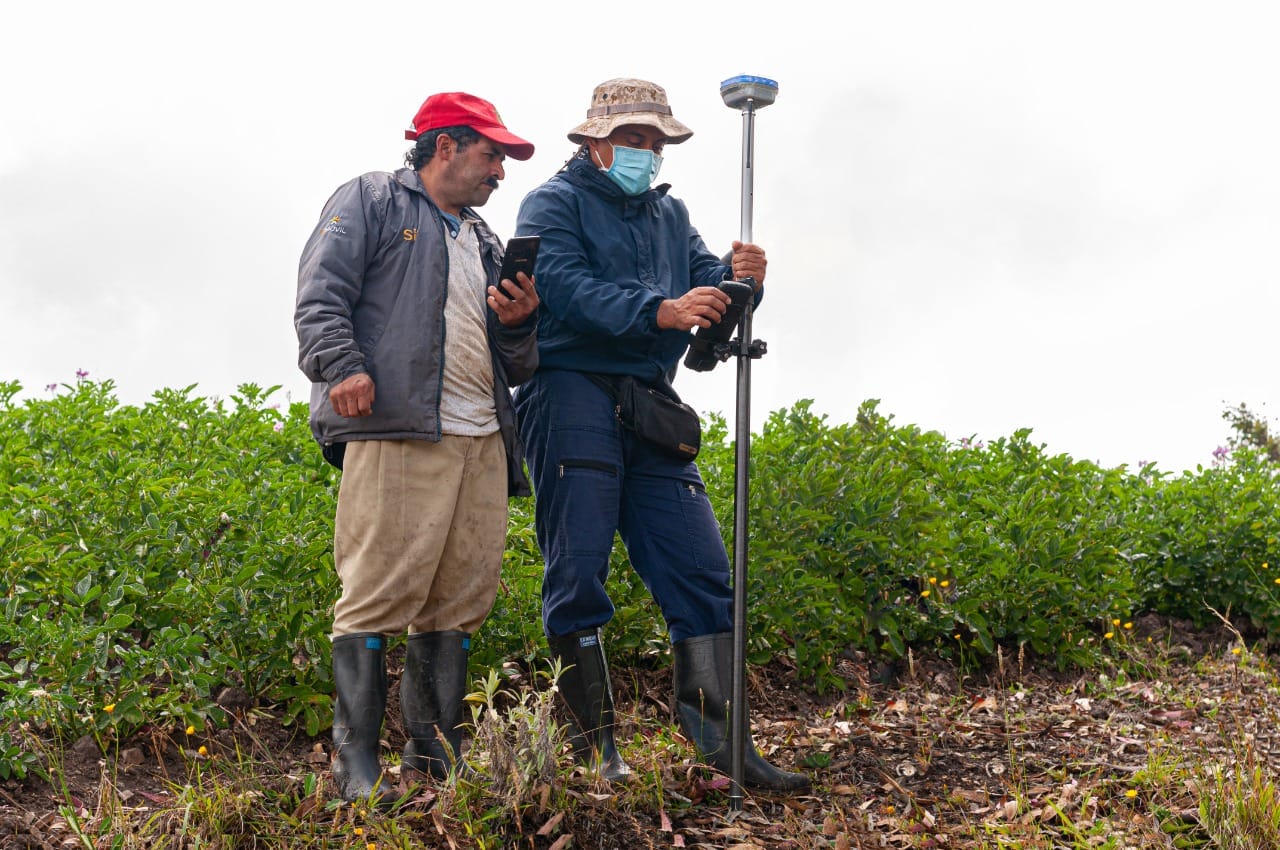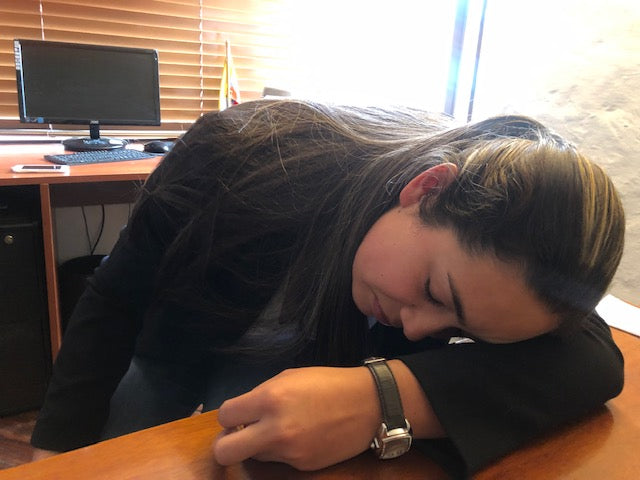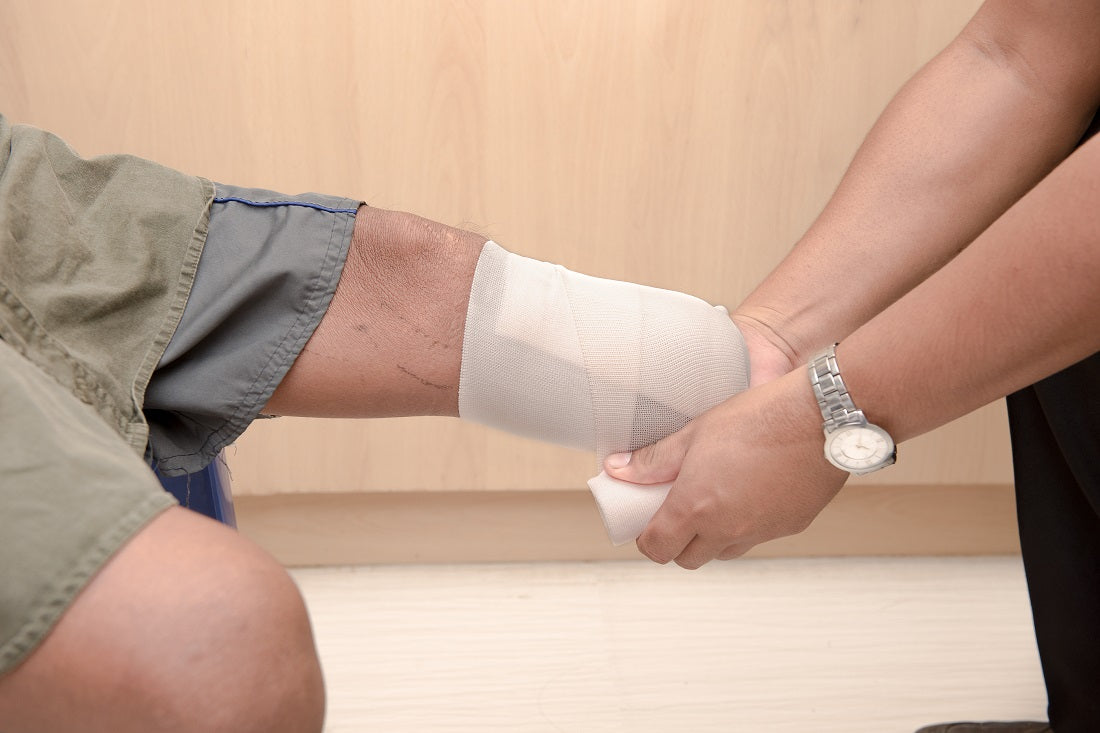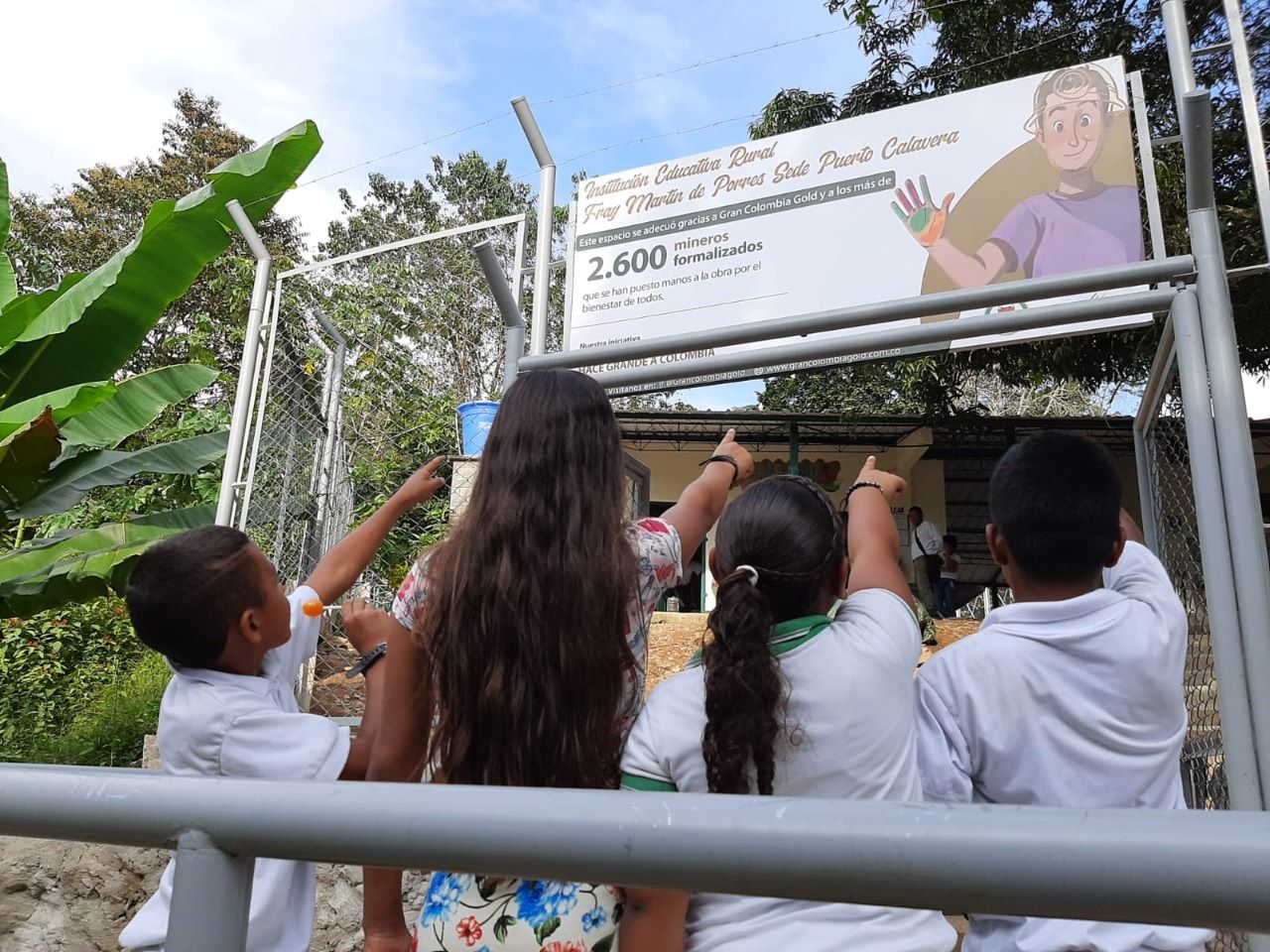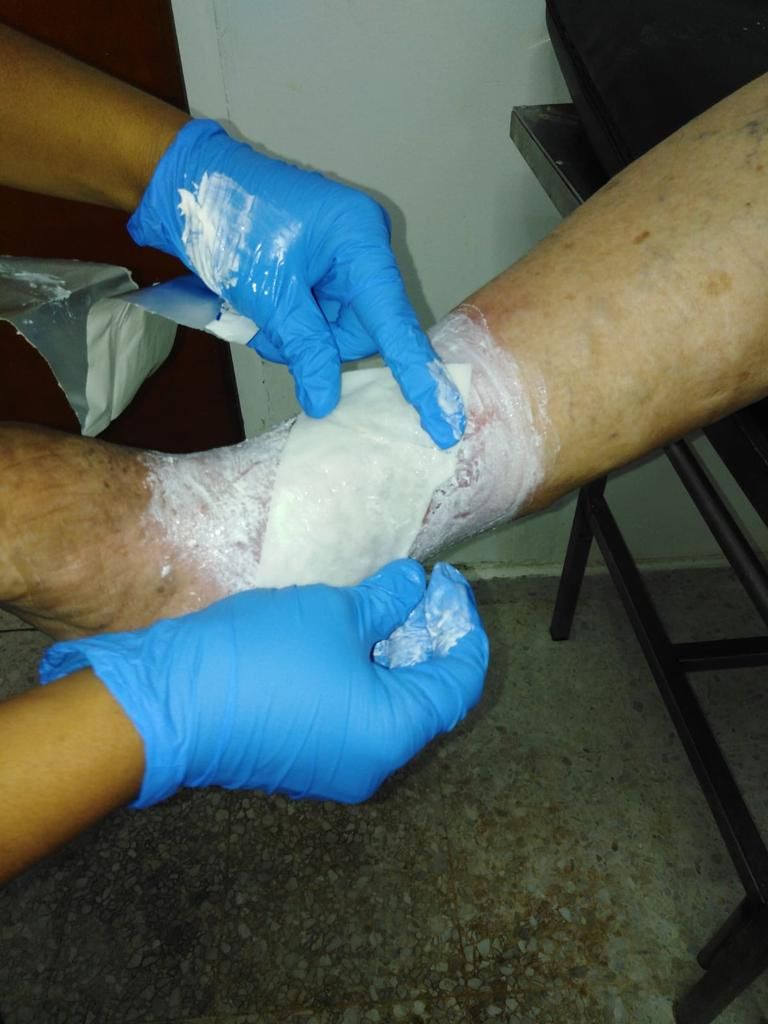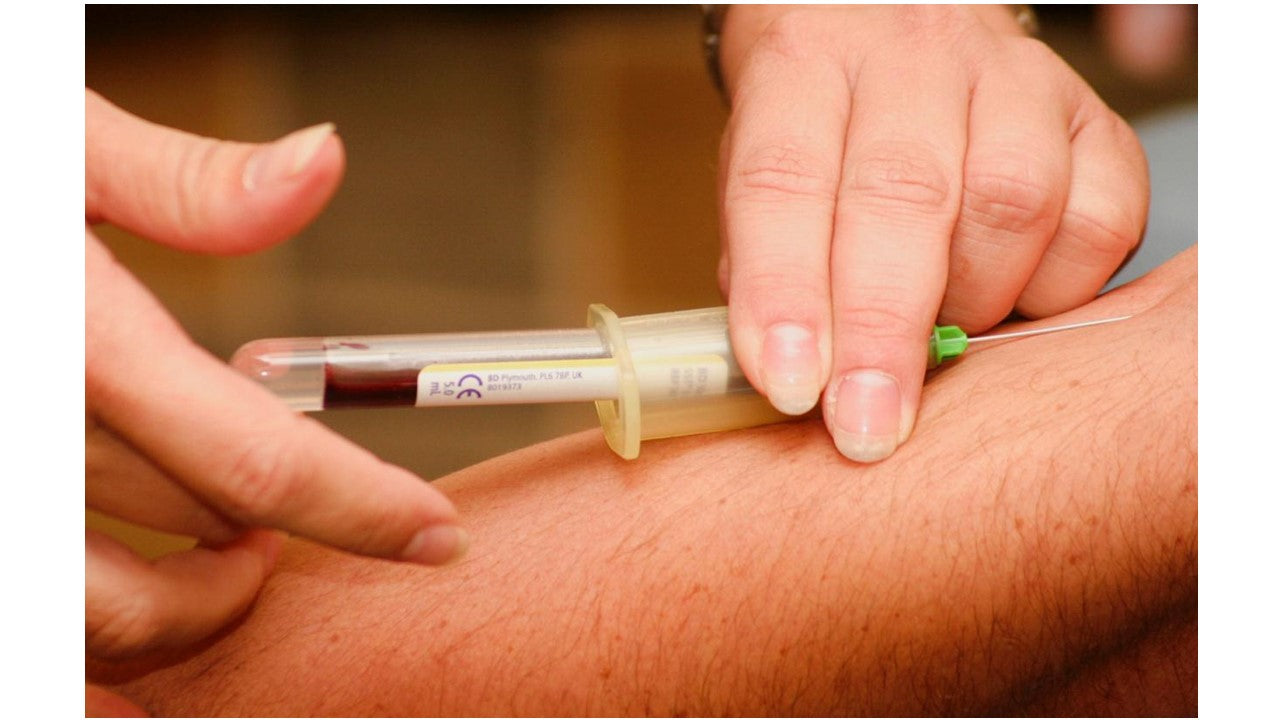
- 29 Apr 2023
HIGH RUBBER BOOTS ARE THE WORST ENEMY OF THE PEASANTS
The popular belief in the consumption of plants and home remedies among rural communities in our country has generated a series of complications for patients with diabetes.
For Dr. Rubén Fuentes Internist and Endocrinologist from Bucaramanga, the patients most affected by this disease are those who live in rural areas, since their lifestyle is not the most appropriate.
Some are afraid of insulin, others do not have a refrigerator to store it, they go barefoot or with inadequate footwear, or they do not have access to health services and when they arrive, they already have complications or a disability such as Charcot's Foot.
This degenerative and progressive disease affects the joints of the foot and a complete deformity of the bones occurs due to fractures that occur due to the same injuries. Generally, these are patients who only consult when the foot is completely deformed.
People who live in the countryside usually have a high tolerance for pain, which is why they do not seek medical advice, and there is still the popular belief of consuming plants and home remedies, generating all the complications of diabetes.
One of the most annoying situations, says Dr. Rodrigo Triana Ricci, orthopedist and traumatologist at the Cali Western Clinic, who has dedicated part of his professional life to saving feet from amputation, is when a patient presents with an ulcer. of Diabetic Foot with referral for amputation by a colleague. For him, amputations should only be carried out until all possible resources have been exhausted, before opting for this decision.
According to Dr. Triana, it has been clinically proven that diabetic people are diagnosed with the disease 5 years after presenting it. Time during which your diet is not the most appropriate.
“The big problem for diabetics is the loss of sensitivity. I see with great surprise patients with this pathology wearing tight shoes, and in women, pointed shoes. For people in rural areas, high rubber boots are their worst enemy, due to the sweating that occurs in the foot.
The complication caused by the diabetic foot has been reported in 10% of hospitalizations of patients admitted with these injuries, which require prolonged hospital stays or amputation of the affected limb.
The incidence of amputations in diabetic patients can reach 4.1% and its prevalence can reach 10% of all diabetic patients. These data can increase with age in people over 45 years of age.
“These figures should alarm health entities, where priority must be given to promotion and prevention programs; to doctors, who must offer comprehensive care and to patients who must become aware of their health care,” says Dr. Triana.
Triana experienced this situation firsthand, 30 years ago. One hot afternoon in Cali he went out with his wife to enjoy a glass of ice cream, shortly after finishing it, he felt very dizzy. Something was not right, his wife immediately predicted that it could be a symptom of diabetes.
Days later, he asked for a blood glucose test to be done and it came back positive for Type 2 diabetes. The glucose was high, and from there, as all diabetics should do, he began to take care of his diet and do his regular check-ups, to this day.
“Poor control of this disease leads to the presence of multiple complications, both in small and large vessels. In addition, it is one of the main causes of non-traumatic lower limb amputation. It has been documented that 50% of amputee patients will require other amputations within the next 3 years. It is essential to identify risk factors as the first step to prevent,” says Dr. Triana with concern.
"In these situations, a diabetic must keep in mind that it is a disease that is not reversible, that can be taken care of and maintained over time."
According to Dr. Yamile Júbiz Pacheco, Diabetologist and representative for Colombia before the world group D-Foot International, diabetes can occur in anyone without distinction of race, sex or age. When a low-income patient suffers from it, we begin to see a social problem, as they cannot follow an adequate diet, which is why they are more prone to complications. Additionally, access to specialist doctors for people in rural areas is very difficult.”
Júbiz states, “a person with diabetes, which is a metabolic disease, in addition to receiving treatment with medications, must follow a diet with adequate portions of fruits, vegetables, carbohydrates, animal or vegetable protein, such as cheese, eggs, meat. , soy, quinoa…”
Additionally, diabetes is a progressive disease that produces complications in different organs, which imply that the mortality of a person with diabetic foot at 5 years is 30%. When a minor amputation occurs it is 46%. If it is a major amputation, that is, the loss of the leg above or below the knee is 56%.
Of patients who do not need amputation and can heal their ulcer, 40% will relapse within 1 year, 65% within 5 years, and more than 90% within 10 years. “Surprisingly, we see how people with diabetes fear amputation more than death itself.”
The economic impact of diabetic foot disease is similar to that of cancer in any sense, but supportive technologies to predict and prevent onset offer potential short-term healthcare savings.
When a patient who lives in a rural area becomes complicated and develops DFU, he or she will need numerous treatments; If there is infection, hospitalization and medication may be necessary.
To this, we must add the expenses that the person must assume, such as transportation to their countless appointments to continue with the treatment and therapies, wheelchair, companion, among others.
The reduction in the quality of life of patients with this disease, as well as the decrease in their productivity, increases due to the limitations in performing even daily tasks.
In Colombia, less than 10% of patients are rehabilitated, due to the lack of opportunities to continue with their treatment, the procedures to which they are subjected, delays in appointments for controls, for therapies. Additionally, the patient's transportation and caregiver costs increase and many do not have the financial solvency to cover these expenses.
Within this problem, according to Yamile Júbiz, patients with diabetes are not being diagnosed in time in Colombia. A patient who is diagnosed in time has a “grace period” of 10 years, during which if he or she takes care of himself, maintaining blood glucose levels within normal limits, the impact on the presentation of future complications is important.
For Dr. Júbiz, “health entities should take care of the proper functioning of promotion and prevention programs, the basis of which must be the education of the patient, regarding the benefits that the medications they are consuming can bring, so that they learn with How frequently you should have the tests, that you know what a glucometry or diabetes test is for.”
For the head of the diabetic foot of the Colombian Diabetes Association, “we have made a lot of progress in medications for the management of the diabetic foot, with broad-spectrum antibiotics to manage infections, medications based on biotechnology for healing, new surgical techniques for vascularization of the arteries to return circulation to the legs, there are new devices, and in Colombia we have access to them, through our health system.”
That is why the patient must be referred on time and attended to by a multidisciplinary team to treat the pathology. For this comprehensive care and depending on the complexity of the disease, the general practitioner, family medicine, nutritionist, internist, orthopedist, vascular surgery, wound clinic, plastic surgery, infectious disease, interventional radiology, physiatry and psychology, among others, intervene.


